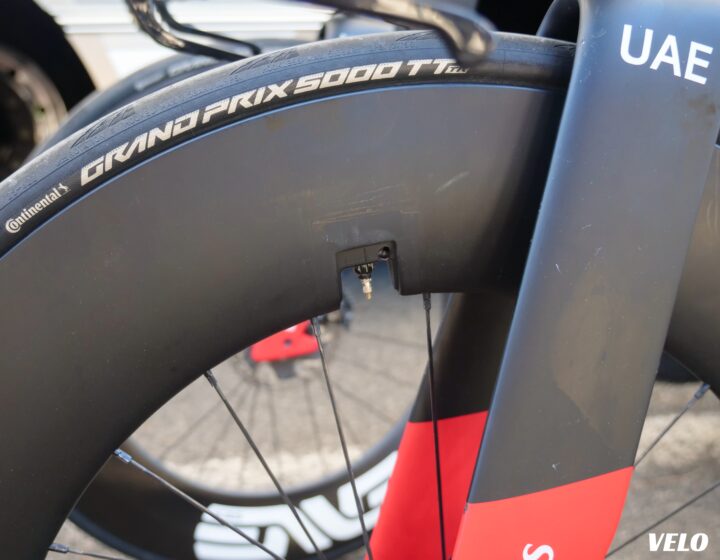The European Area Company (ESA) has proven off the primary 3D metallic half printed on the Worldwide Area Station (ISS).
3D printing aboard the ISS is nothing new – a tool able to producing plastic elements in microgravity was launched to the house station ten years in the past, however plastic solely goes to date. Nevertheless, printing elements from metallic has many extra functions and extends the vary of spares and instruments that could possibly be produced whereas in orbit.
The printer and the uncooked supplies wanted for the check have been launched to the ISS earlier this yr. ESA astronaut Andreas Mogensen put in the {hardware} within the European Drawer Rack Mark II of ESA’s Columbus module.

Astronaut holding 3D printed metallic in house (credit score: ESA/NASA)
The primary metallic form was produced in August, and three extra are deliberate as a part of the experiment. All 4 will ultimately be returned to Earth for evaluation – two to ESA’s technical heart, ESTEC, within the Netherlands, one to the company’s astronaut coaching heart in Cologne, and the final pattern to the Technical College of Denmark.
Throughout a panel dialogue following the UK premiere of Fortitude, a movie concerning the rising business house trade, Advenit Makaya, Superior Manufacturing Engineer at ESA, remarked on the potential for recycling house particles within the course of quite than having to depend on uncooked supplies launched to the ISS.
Rob Postema, ESA Mission Supervisor for Metallic 3D, advised The Register that the company was certainly “round” options in its drive for larger sustainability. Nevertheless, do not maintain your breath for placing bits of house rubbish into one finish and getting shiny metallic elements out of the opposite:
“A timeline is tough to point, some early outcomes are achieved with floor actions, prepared to judge options in house.”
The printer is overseen from the bottom and operated for round 4 hours per day. The bottom workforce has to verify every layer through photographs and a scan of the floor space; printing a pattern can take 10-25 days. Nevertheless, Postema stated: “By means of automated management of the printing course of in addition to steady operations, this may be considerably lowered.”
Knick-knacks from orbits are all properly and good, however may one thing extra substantial be produced? Sure, though not with this demonstrator, which might print to the outer dimensions of a tender drink can. Postema famous that whereas the demonstrator may handle smaller elements, both as a single unit or as a part of bigger constructions, “there are positively alternatives to create 3D shapes and elements with this know-how bigger than what now we have executed with this Expertise Demonstrator.”
Daniel Neuenschwander, Director of Human and Robotic Exploration at ESA stated: “With the printing of the primary metallic 3D form in house, ESA Exploration groups have achieved a major milestone in establishing in-orbit manufacturing capabilities.
“This accomplishment, made doable by a world and multidisciplinary workforce, paves the way in which for long-distance and long-duration missions the place creating spare elements, development elements, and instruments on demand can be important.” ®

